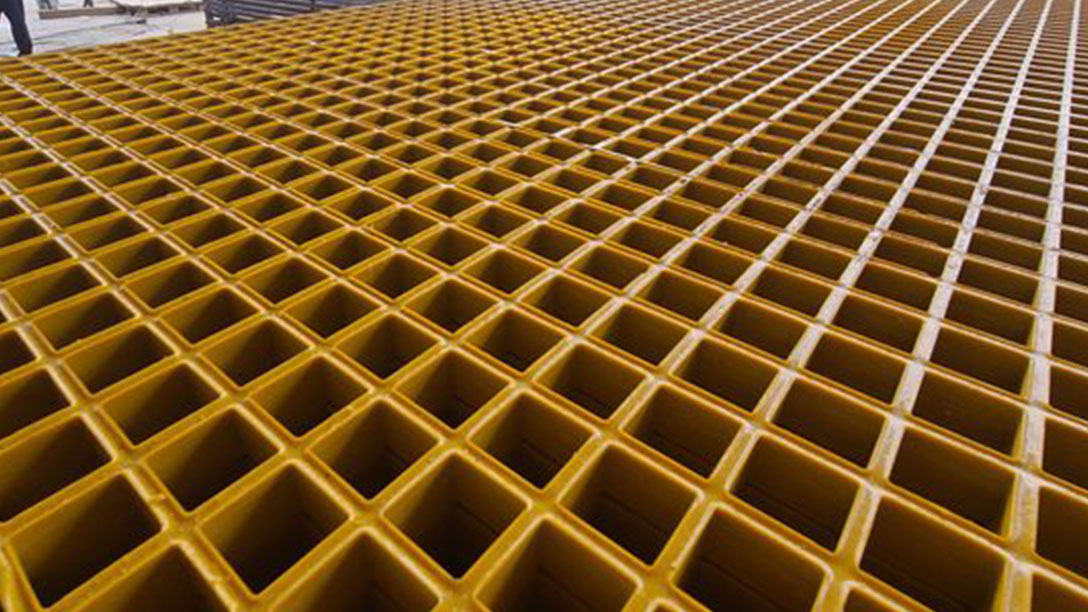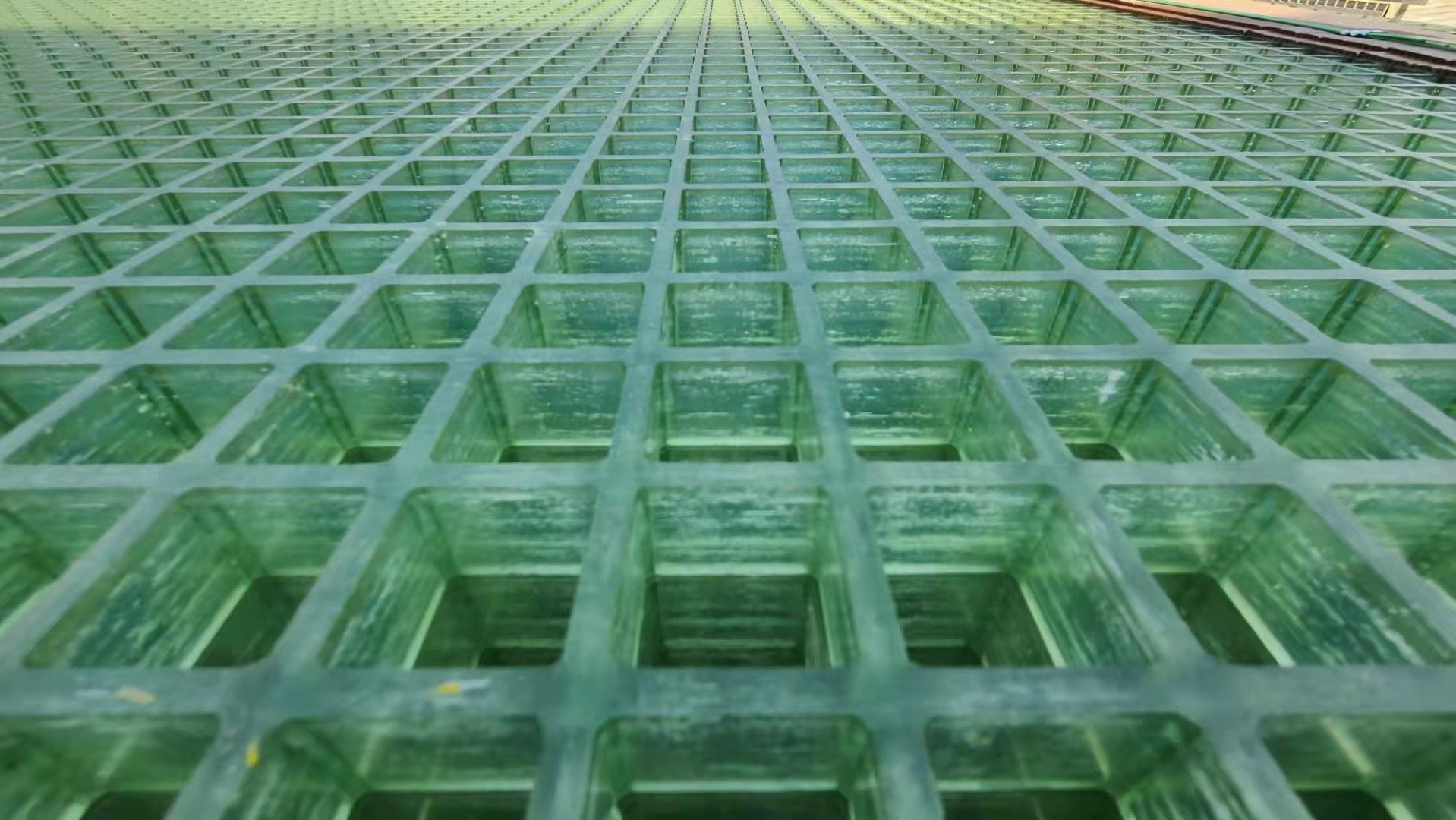Is Frp Grating Better Than Ms Grating
In the industrial and construction fields, grating is a common flooring material widely used in various environments. Common grating materials include FRP (Fiberglass Reinforced Plastic) grating and MS (Mild Steel) grating. With increasing demands for corrosion resistance and lightness, FRP grating has gradually become the preferred material in the market.
Corrosion Resistance of Grating
Corrosion resistance is one of the most important factors in selecting grating. In many industrial settings, especially those involving chemicals, acidic and alkaline environments, marine conditions, or humid environments, corrosive substances can cause severe damage to grating materials. Due to its unique fiberglass-reinforced plastic structure, FRP grating has excellent corrosion resistance, effectively resisting chemical corrosion, acid and alkali erosion, and even seawater corrosion. In contrast, MS grating has poor corrosion resistance and is prone to rust in damp or corrosive environments, significantly shortening the grating's lifespan.
Weight of Grating
FRP grating, made from lightweight fiberglass-reinforced plastic, is much lighter than steel grating. This makes FRP grating more convenient for transportation and installation. The installation process does not require heavy machinery or tools, greatly saving labor and material costs. For applications requiring installation in high-altitude or confined spaces, the lightweight nature of FRP grating is a significant advantage. On the other hand, MS grating is heavy due to the steel material, resulting in higher transportation and installation costs.
Temperature Resistance and Strength of Grating
While FRP grating does not perform as well as MS grating in terms of temperature resistance, with ongoing material advancements, some specialized FRP gratings are capable of being used in more extreme temperature environments. Especially in medium to low-temperature conditions, FRP grating maintains high strength and stability. For high-temperature load-bearing applications, MS grating has the advantage, but in most industrial applications, the strength of FRP grating is more than sufficient.
Environmental Friendliness and Recyclability of Grating
With the increasing awareness of environmental protection, choosing environmentally friendly materials has become the preferred choice for many businesses and projects. FRP grating, made from composite materials, is more recyclable and has a lower environmental impact during both manufacturing and use. In contrast, MS grating requires large amounts of energy during production, and carbon steel generates harmful substances when it rusts, causing a negative impact on the environment.
Applications of FRP Grating
The widespread use of FRP grating further demonstrates its versatility. It has been widely applied in industries such as chemical, metallurgy, power generation, shipbuilding, and wastewater treatment. For example, in chemical plants, the high corrosion resistance of FRP grating can effectively extend the lifespan of facilities. In wastewater treatment plants, the corrosion resistance and high strength of FRP grating make it an ideal material for drainage systems. Additionally, FRP grating is commonly used in highway bridges, offshore platforms, and power facilities.
Abschluss
Both FRP grating and MS grating have their unique advantages and applicable fields, but in terms of corrosion resistance, weight, ease of installation, and environmental friendliness, FRP grating has a clear edge. FRP grating is more suitable for use in highly corrosive and harsh environments, while MS grating performs better in high-temperature or high-strength applications.
Tfcomposite FRP Molded Grating
Tfcomposite FRP Molded Grating is a durable and corrosion-resistant fiberglass-reinforced plastic grid, designed for use in demanding environments such as chemical plants, power stations, wastewater treatment facilities, offshore platforms, and more. It offers high strength-to-weight ratio, non-slip surfaces, fire resistance, UV protection, and low maintenance. Available in various sizes and thicknesses, it is suitable for industrial platforms, walkways, and public access areas. With options like molded and pultruded grating, it provides superior load-bearing capacity and resistance to harsh chemicals, moisture, and extreme temperatures, ensuring long-lasting performance across diverse applications.
 |
 |
